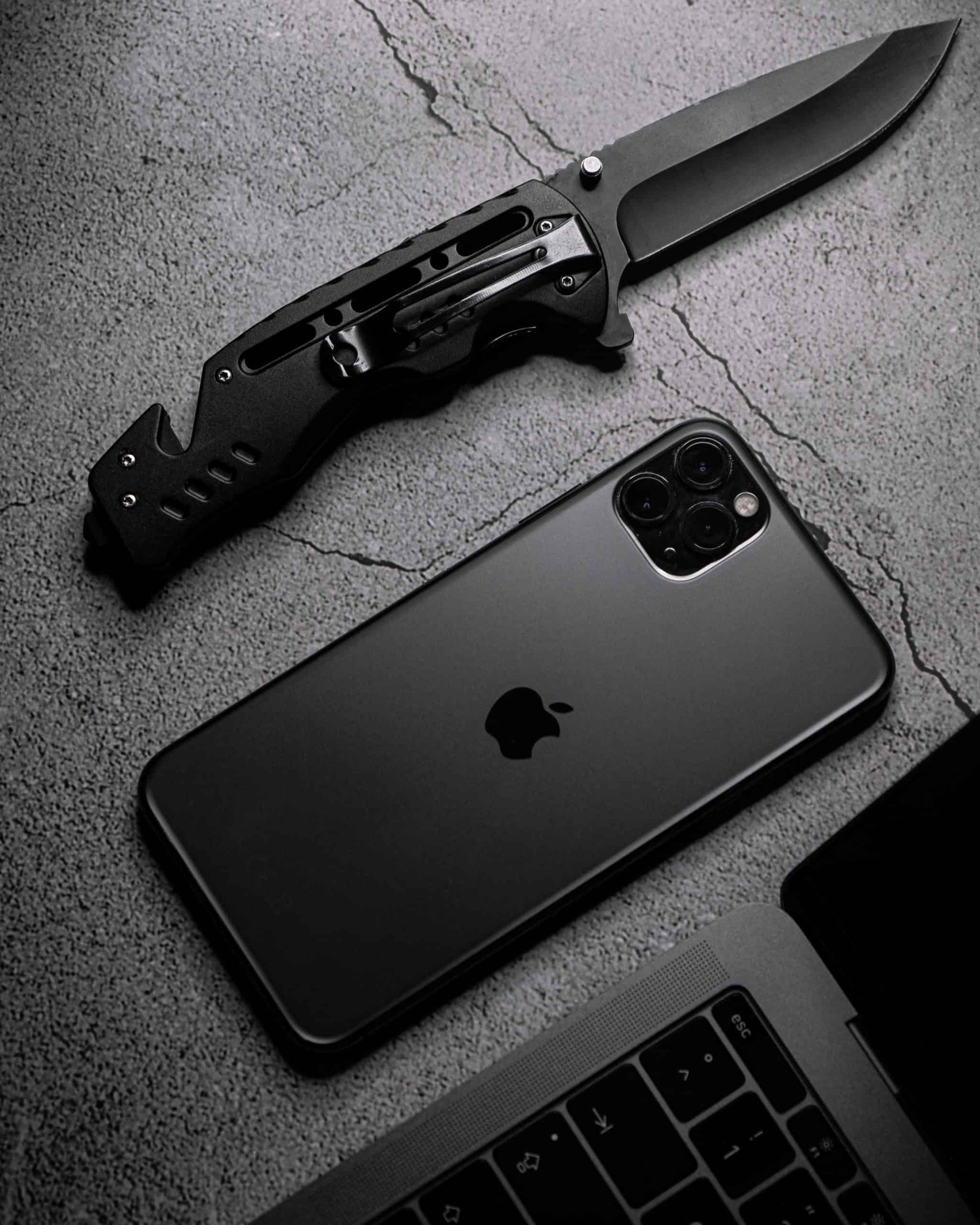
Comparing Costs of Diamond Stones and Whetstones
The cost of diamond stones and whetstones largely depends on the size and quality of the stones. Larger and higher grade diamond stones tend to be more expensive than smaller and lower-grade ones, but they also last longer. Generally speaking, one can expect to pay anywhere from $30 to over $100 for a decent diamond stone.
Whetstones can usually be found for a cheaper price; most range from $10 to about $40. They too come in various grades and sizes, with higher cost ones being made from artificial or natural materials like corundum or jade. Whetstones often feature two grits on one piece which doubles their usability, making them a more affordable option.
When it comes down to cost, both diamond stones and whetstones offer several price points that may suit different budgets. However, if you’re looking for something that will last a long time, then you may want to opt for the more expensive option: the diamond stone.
Pros and Cons of Manual vs Electric Sharpening Systems
Manual Sharpening System
Pros: Manual sharpening systems are typically less expensive than electric sharpeners and require minimal maintenance. They also work well in situations where power is not available or when portability is needed. Additionally, manual techniques give a greater level of control to the user; it’s possible to easily adjust the angle, pressure, and speed to achieve just the right result.
Cons: Manual systems require more time and skill than electric sharpeners and can become tedious if used frequently. Also, because they are hand-operated, it can be difficult to keep a consistent edge between strokes on wider blades such as a chef’s knife or kukri. Many manual devices only work for specific types of edges (ie kitchen knives versus axes) so extra sharpening stones may need to be purchased for other tool types.
Electric Sharpening System
Pros: Electric sharpening systems are typically quite easy to use; most models feature preset angles that make it simple to achieve consistent results without much fuss. These machines often reduce the need for honing after sharpening and provide a faster way to put a fine edge on an edged tool. Also, by using multiple wheels/stones it’s possible to have an extremely versatile system that can handle tools with different blade geometries.
Cons: Electric machines come at a higher price-point than manual equivalents due to the motor components needed for operation and don’t offer as much control over the angle or pressure applied during honing/sharpening processes. Some cables for corded models can hinder portability if required onsite and the motors installed in battery-powered units may decrease run-time between charges depending on usage volume.
Safe Practices for Sharpening Edged Tools
When sharpening edged tools with either a diamond or whetstone it is important to take necessary precautions for user safety.
Before beginning, ensure the tool you are sharpening is not powered and unplugged from any power sources. Additionally, inspect the cutting edge of the tool for any damage that may cause injury. Wear proper personal protective equipment (PPE) such as gloves and eye protection when handling cutting edges or sharp items.
When using a diamond stone, make sure to keep it lubricated with water so as not to break down the abrasive material in the grit too quickly. When using a whetstone, soak it in water prior to use then drain off any excess water before beginning sharpening procedures. Keep a dry cloth nearby to wipe clean the tool being sharpened after each pass over the stone.
Pay close attention when operating an edged tool and avoid careless handling to prevent accidents. Following these safety tips will help maintain an effective, safe working environment while sharpening edged tools using either diamond stones or whetstones.
Popular Brands of Diamond Stones and Whetstones
Diamond Stones – Popular diamond stone brands include Smith and Smith Mighty-Lite, Shapton Glass Stone series, DMT Diamond Whetstone™ and Eze-Lap Diamond Sharpening stones. Each of these brands offer various grits, with the Smith and Smith Mighty-Lite containing the widest range of fine to coarse grits on the market. All are designed to last indefinitely—and when used properly they can provide maximal sharpness in minimal time.
Whetstones – There is a wide range of whetstones available, all suitable for different tasks. Among the most popular brands of whetstones are King 1200/6000 Combination Stones (which contain two fine sharpening stones set at 1000/6000 hardness); Japanese Natural Stone wheel/handheld combo (which contains a 250 mm turntable and a handheld waterstone for easy sharpening on blades or other tools); Norton Combination Waterstone (which features innovative aluminum oxide abrasive particles); Spyderco Fine Diamond Stones (with five medium-grit sizes meant for gentle improvement in edge angle); DMT Three Piece Folding Knife Sharpener (featuring both ceramic and diamond coated rod for fast restoration of dull edges) ;and Epic Edge Abrasive Whetstones (which feature monocrystalline diamond abrasives that create burr free edges quickly). With so many options out there, readers can easily find perfect whetstone to match their needs.
















